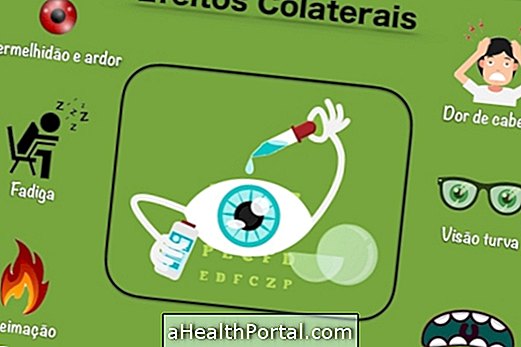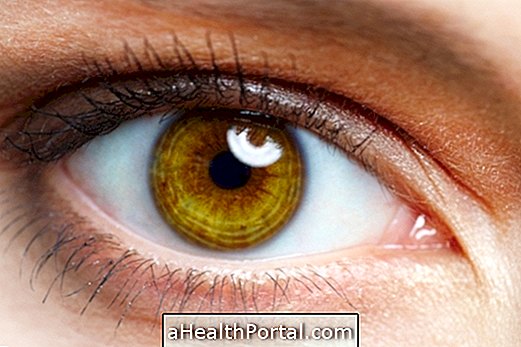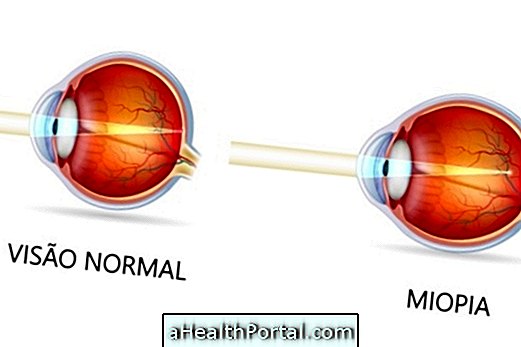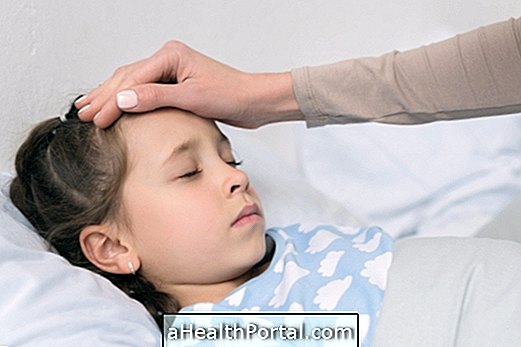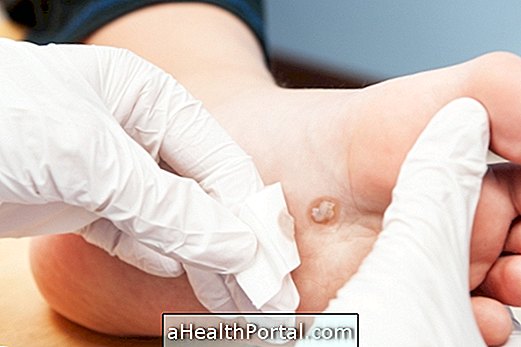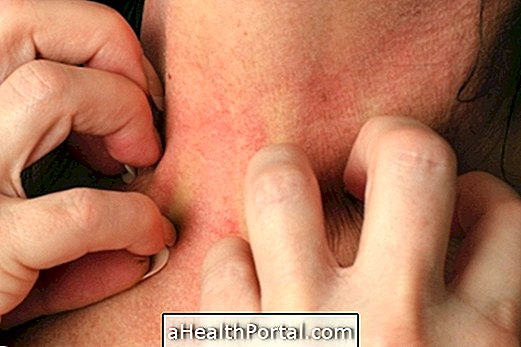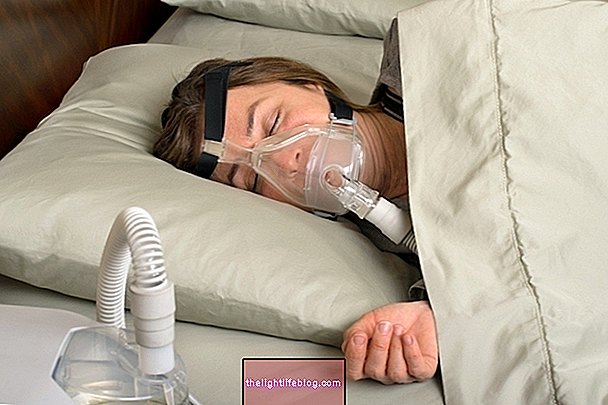Bacterial conjunctivitis is one of the most common eye problems, which causes the onset of redness, itching and the production of a thick yellowish substance.
This type of problem is caused by an infection of the eye by bacteria and is therefore usually treated with antibiotics in the form of drops or ointments prescribed by the ophthalmologist and the correct hygiene of the eye with saline solution.
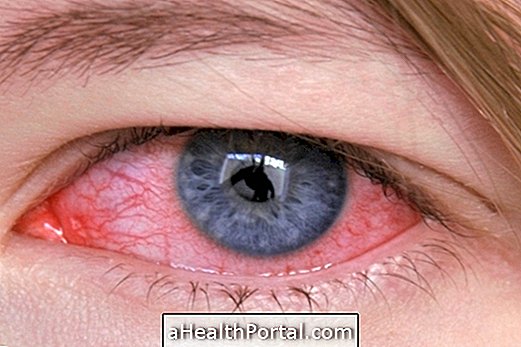
Main symptoms
Symptoms that usually indicate the presence of bacterial conjunctivitis include:
- Redness in the affected eye or both;
- Presence of thick yellowish secretion;
- Excessive tear production;
- Itching and pain in the eyes;
- Hypersensitivity to light;
- Sensation of sand in the eyes.
In addition, there are some cases in which it is also possible to notice the appearance of a slight swelling around the eyes, not being cause for worries or worsening of the infection. Get to know other symptoms of conjunctivitis.
If any of these symptoms occur, especially for more than 2 or 3 days, it is important to go to the ophthalmologist to confirm the diagnosis and start the most appropriate treatment.
How long does conjunctivitis last?
The duration of bacterial conjunctivitis varies from 10 to 14 days, even without treatment. However, when antibiotics are started, symptoms usually disappear in as little as 2-3 days, and it is possible to return to daily activities after that time, without the risk of passing the infection to another person.
How is the treatment done?
The treatment of bacterial conjunctivitis consists of dripping an antibiotic eye drops, prescribed by the ophthalmologist, several times a day for about 7 to 10 days. In addition, it is recommended to keep the eyes always well clean and free of secretions, using a clean compress and saline solution. See which remedies are best for conjunctivitis.
It is also important to maintain care to avoid contagion from other people, such as washing towels and sheets daily and pillowcases, washing hands with soap and water or using alcohol before after wiping eyes, and avoid hugs, kisses and compliments. With the hands.
In some cases, if the conjunctivitis treatment is not done correctly, the infection may progress to the cornea, and in such situations, symptoms such as worsening of pain and increased difficulty in seeing may occur, and it is recommended to return to the ophthalmologist to prescribe a new antibiotic.
How to get bacterial conjunctivitis
In most cases, bacterial conjunctivitis comes into contact with an infected person, especially if proper hygiene care is not available. However, other factors that can also lead to the development of conjunctivitis, such as using contaminated cosmetics or brushes, poor hygiene of contact lenses, and frequent use of eye medications, as well as recent eye surgery.
Having other eye problems such as blepharitis, dry eye or changes in the structure can also increase the risk of developing conjunctivitis.
